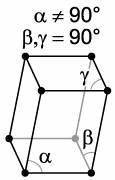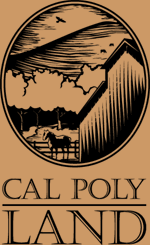|
Mineral Information
|
|

The monoclinic structure of Serpentinite |
|
|
Serpentine is California’s State Rock. It varies in color, from apple-green to black and has a shiny, wax-like appearance with a soapy or greasy texture. It can be found throughout California’s mountain ranges, especially the Klamath Mountains, the coastal range, and the Sierra Nevadas. Serpentine is a metamorphic rock . Serpentine rock is comprised mostly of Serpentinite, (Fe or Mg)3[Si2O5(OH)4]. It has a monoclinic crystalline structure. Serpentine rock has a density of 2.5 and a harness between 4 and 6. Common types of serpentine rock are lizardite, chrysotile, and antigorite. Antigorite is a green color with cloudy patches and grey-colored veins. This form of Serpentine is often used in jewelry because it resembles jade. Chrysotile is very fibrous and is used commercially as asbestos. These rocks contain only 1-5% asbestos; this amount of asbestos is not dangerous unless the rock is ground up. Lizardite is a soft, translucent rock that is very fine-grained and is often marbled; it resembles mica.
For more information, please visit:
|
